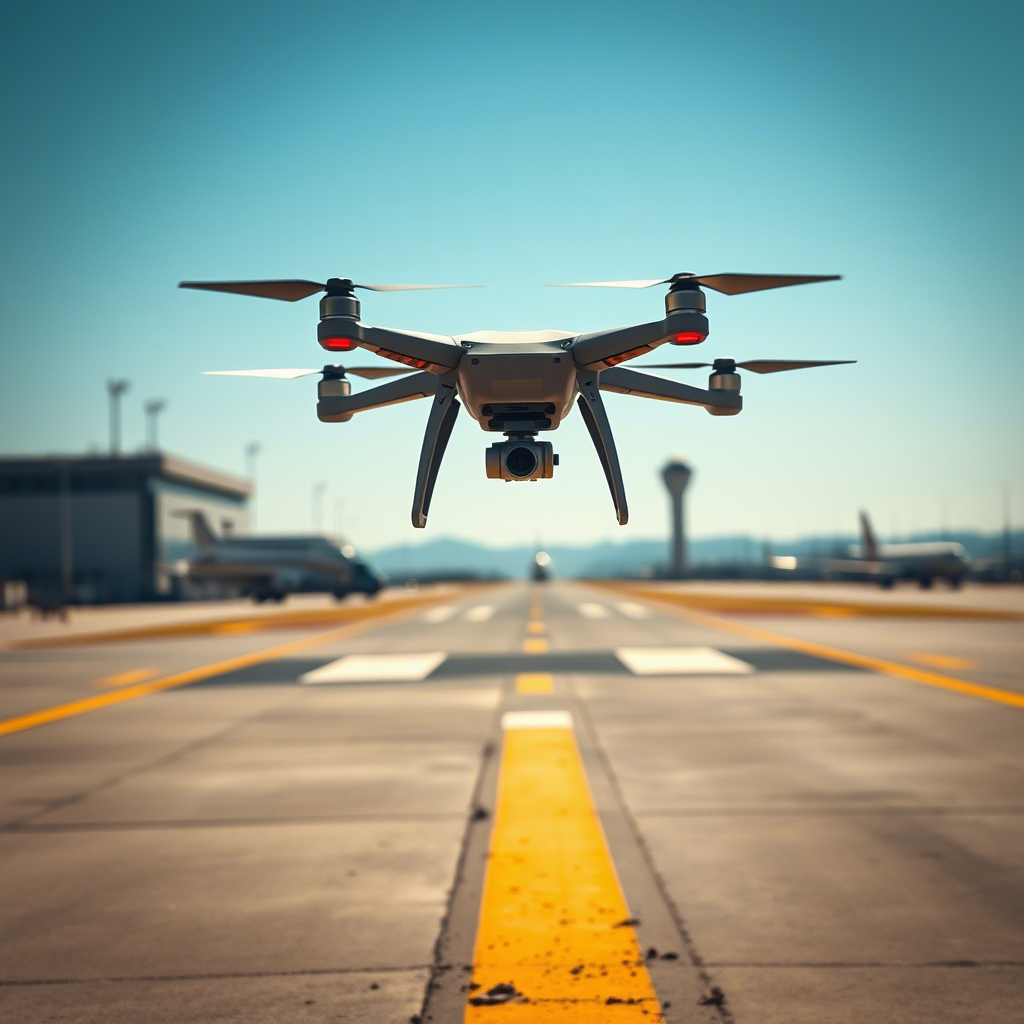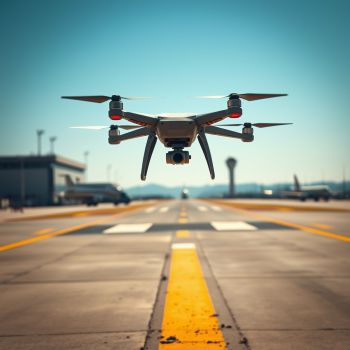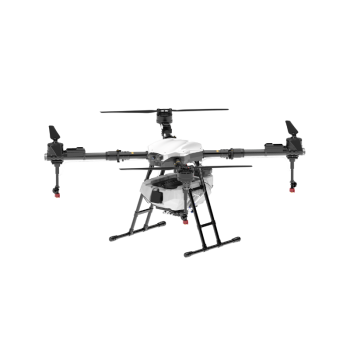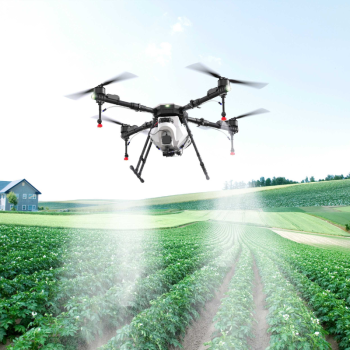The application process for agricultural subsidies for plant protection drones
Application Process for Agricultural Subsidies on Crop Protection Drones
Navigating the application process for agricultural subsidies aimed at supporting the adoption of crop protection drones requires careful attention to eligibility criteria, documentation, and regional regulations. Below is a structured guide to help farmers and agricultural enterprises understand the key steps involved.
Understanding Eligibility Requirements
Before initiating the application, it’s critical to confirm eligibility, which typically varies by region or country. Most programs prioritize licensed farmers, cooperatives, or agricultural businesses engaged in sustainable practices. Common prerequisites include:
- Active participation in local agricultural initiatives or certification programs.
- Proof of land ownership or long-term leasing agreements for farming purposes.
- Compliance with environmental regulations, such as pesticide usage guidelines.
- Demonstrated need for drone technology to improve efficiency or reduce environmental impact.
Some regions may also require applicants to complete training programs on safe drone operation or integrated pest management. Checking with local agricultural departments or extension services ensures alignment with specific guidelines.
Preparing Required Documentation
A well-organized application relies on accurate and comprehensive documentation. Key materials often include:
- Official Identification: Valid government-issued IDs for the applicant or authorized representatives.
- Farm Registration Records: Certificates proving legal recognition of the farming operation.
- Land Use Evidence: Deeds, lease contracts, or maps detailing cultivated areas.
- Business Plans: Outlines explaining how drone technology will enhance crop protection efforts, such as reducing chemical runoff or optimizing application timing.
- Technical Specifications: Basic details about the drone’s capabilities, though brands or models are unnecessary. Focus on functionalities like spraying accuracy or battery life.
Incomplete applications are frequently rejected, so double-checking requirements with subsidy administrators is advisable.
Submitting the Application and Following Up
The submission process may involve online portals, physical forms, or in-person appointments, depending on the region. Key actions include:
- Filling Out Forms Correctly: Use clear, concise language and avoid technical jargon unless required. Attach all supporting documents in the specified format.
- Meeting Deadlines: Subsidy windows often close after a set period, so planning ahead is essential.
- Tracking Application Status: After submission, monitor updates through provided channels, such as email alerts or government dashboards.
- Responding to Queries: Authorities may request additional information or clarifications. Prompt replies demonstrate professionalism and reduce delays.
Once approved, beneficiaries usually receive guidelines on subsidy disbursement and usage conditions, such as mandatory training or reporting requirements.
Leveraging Post-Approval Support
Securing a subsidy is not the final step. Many programs offer ongoing assistance, including:
- Access to workshops on drone maintenance or data analysis for crop health monitoring.
- Partnerships with local agronomists to design tailored pest management strategies.
- Networks for sharing best practices with other subsidy recipients.
Engaging with these resources ensures long-term success and compliance with subsidy terms.
By methodically addressing each phase—from eligibility checks to post-approval engagement—applicants can maximize their chances of securing agricultural subsidies for crop protection drones while contributing to sustainable farming practices.




